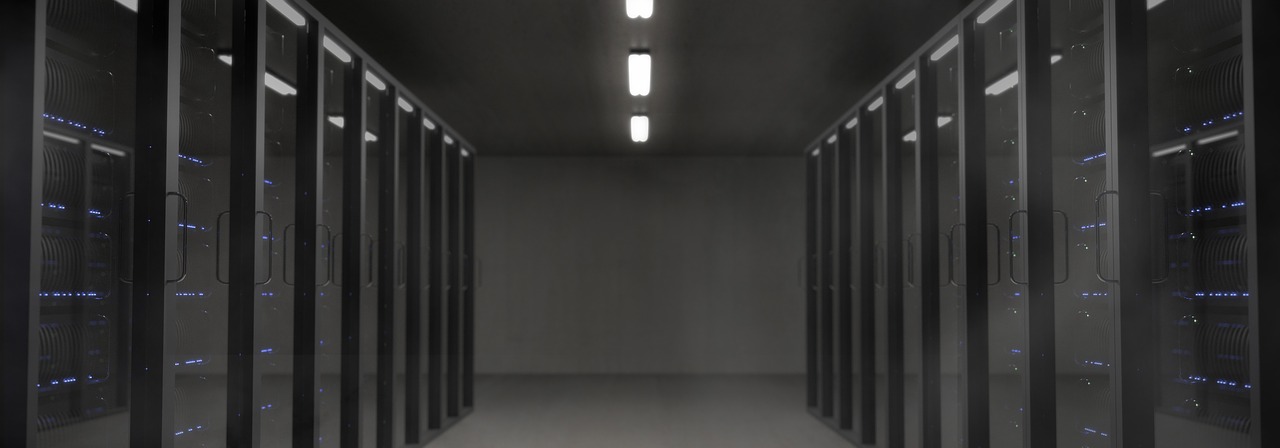Whether you have a smartphone, tablet, laptop or desktop computer, the Internet is pretty much an effortless experience. You wouldn’t mind a bit more speed — you’d always like some more speed — but overall, life is good: You can tweet up a storm, watch videos, chat with friends around the world, take courses, load up your Dropbox and generally have the time of your life.
But where does all that digital goodness actually live, and what is its environmental cost? We hear breezy talk about the “cloud,” and just the term makes it sound weightless. But data centers draw huge amounts of power, and consumers’ demands for instant access to their favorite websites, even at peak times, push companies to maximize resources whether they’re needed or not. The journalist Andrew Blum, author of Tubes: A Journey to the Center of the Internet, has explored the design of data centers and the energy issues associated, while a 2012 investigation by the New York Times found that data centers can waste 90% or more of the energy they consume.
To combat the rising energy and environmental costs of Internet and communications technology, a 2008 McKinsey report proposed a number of approaches. “In many organizations, data centers are treated as buckets waiting to be filled, rather than as scarce and expensive resources,” the authors write. They point to the need for improved management and information gathering, as well as the adoption of “true cost of ownership” (TCO) accounting when centers add new servers, applications or data. A 2012 paper in Computer Architecture suggests technical approaches that can yield significant efficiency gains, while research from the University of Ottawa finds that geographic and temporal shifting of workloads can reduce data centers’ energy consumption and greenhouse-gas emissions.
A 2013 article in the journal Science, “Toward a Green Internet,” gives a brief overview of global energy consumption of Internet and communications technology (ICT). The author, Diego Reforgiatoat Recupero of the University of Catania in Italy, notes that “current networks, devices, links and data centers are provisioned with hardware and software designed for peak loads that do not include any power-management capabilities. As a consequence, the overall power consumption remains more or less constant for differing Internet traffic levels even while peak loads rarely occur.”
The findings of the report and its sources include:
- “Although Internet traffic volume doubles every three years, the increase in usage has not been matched by a similar increase in network energy efficiency.”
- Telecom companies consume a significant portion of their home country’s electricity. “Telecom companies such as Telecom Italia used over 2 terawatt hours (TWh) in 2006 (about 1% of the entire Italian energy demand), increasing by ∼8% compared with 2005 and ∼12% in 2004. Comparable numbers were reported by Telecom France and British Telecom, by Verizon in the United States, and by NTT in Japan.”
- “In 2005, European Internet operators had an overall network energy requirement equal to 14 TWh, increasing to 21 TWh in 2010, and projected to rise to 36 TWh in 2020 if no green network technologies are embraced.”
- A survey cited by the Science article indicates that worldwide, data centers consumed about 31GW of electricity in 2011, with that number expected to rise 19% by 2013 — nearly 37GW. Based on data from the U.S. Energy Information Administration, this is the equivalent of more than 50 coal-fired power plants.
A 2011 study in Energy Efficiency, “Data Network Equipment Energy Use and Savings Potential in Buildings,” looked at energy consumption by U.S. networks. The researchers, at the Lawrence Berkeley National Laboratory, estimated that in 2008 U.S. network equipment consumed 18 TWh, or about 1% of building electricity. Consumption was expected to grow to 23 TWh in 2012. “The great majority of the equipment and energy consumption is in office buildings and residences rather than data centers,” the researchers conclude. “A number of techniques for saving energy appear promising and savings estimates range from 20% to 50% based on full market penetration of efficient technologies. Because most enterprise equipment is replaced every four to six years, energy savings techniques implemented today will see broad market penetration by the middle of the decade.”
A technical point: It should be noted that analysis of existing research suggests that quantifying Internet-related energy consumption is complicated by a variety of factors, including the precise years studied. A 2014 study in Environmental Impact Assessment Review notes that, when it comes to research models and outputs, “the decision to either include end devices into such an assessment or to define the Internet as a pure data transmission system is crucial, both for the order of magnitude of the results as well as for the usability of the result to assess specific cases or applications and to support decision-making.”
Related research: A 2012 study by MIT and the Sloan Foundation, “Creating a Smarter U.S. Electricity Grid,” looks at the potential of “smart grid” technologies to improve monitoring, transmission and distribution of electricity through each point in the traditional delivery system. Two other reports highlight the role of individuals in the energy-consuption equation: In a 2013 study done for the National Bureau of Economic Research, “Commercial Building Electricity Consumption Dynamics,” the researchers find that while technological advances may in theory reduce energy demand, the behavior of tenants can more than offset these savings. And a 2011 report from the United Kingdom’s Energy Saving Trust found that the enormous increase in the number of domestic appliances has in effect wiped out the savings from gains in energy efficiency.
Keywords: economy, consumer affairs, technology, greenhouse gases


Expert Commentary